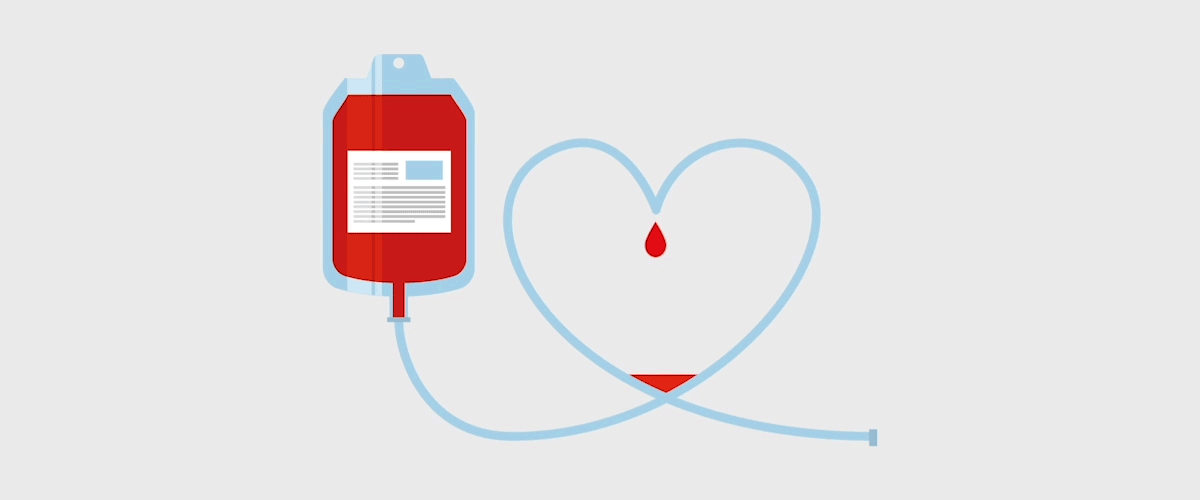BLOG-1
-
Yes, donating blood can be a lifesaver. Each donation can potentially help multiple people in need, whether due to surgery, illness, or trauma. Plus, it's a great way to contribute to your community and make a positive impact.
- Why should you donate blood?
- 1. Blood Transfusions: Every 2 seconds, someone needs a blood transfusion.
- 2. Life-Saving Impact: A single blood donation can save the lives of up to three people.
- 3. Patients having thalassemia major and blood cancers rely on blood components for their survival.
- 4. Seasonal Challenges:
- - Winter Months: Higher demand due to increased illnesses (like colds, flu, and COVID-19) and fewer donations.
- - Summer Months: Donations decrease because people are on vacation or enjoying outdoor activities.
- 5. Consequences of Shortages:
- - A lack of blood supply in hospitals can prevent proper care for sick or injured patients.
- How do you donate blood and what is the procedure like?
- 1. Donation Time: The actual blood donation takes about 10-20 minutes. The entire process, including paperwork and a 15-minute observation, lasts 45-60 minutes.
- 2. Preparation:
- - Eat a good breakfast.
- - Drink plenty of water the day before and the day of donation.
- - Proper hydration and nutrition help avoid dizziness and make it easier to draw blood.
- 3. Before Donation:
- - Fill out forms for medical history and personal information.
- - Lie down while a nurse inserts a needle into your arm for the blood draw.
- 4. After Donation:
- - Stay for 15 minutes for observation, snacks, and drinks to ensure you don't feel dizzy or lightheaded.
- - Drink plenty of fluids and stick to your regular meal schedule.
- 5. Donation Frequency:
- - Male can donate 4 times in a year and Female can donate 3 times in a year with a minimum of 90/120 days between donations. SDP donor can donate 24 times in a year.



